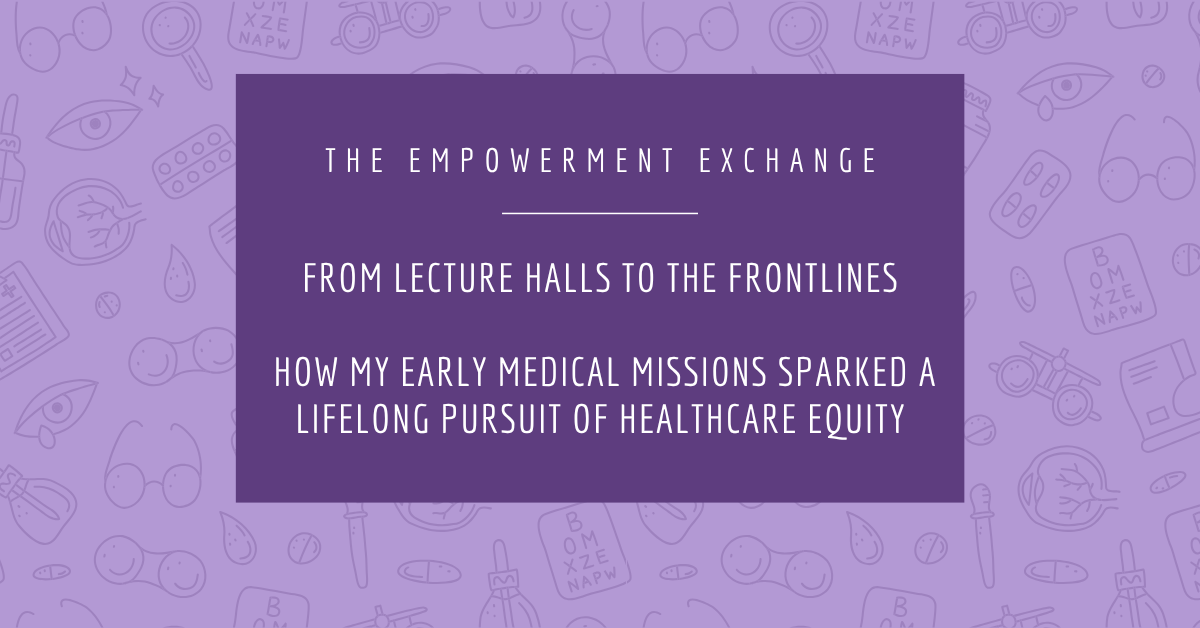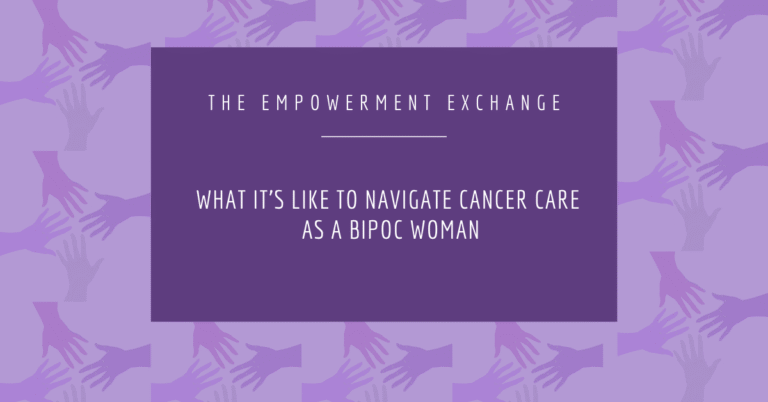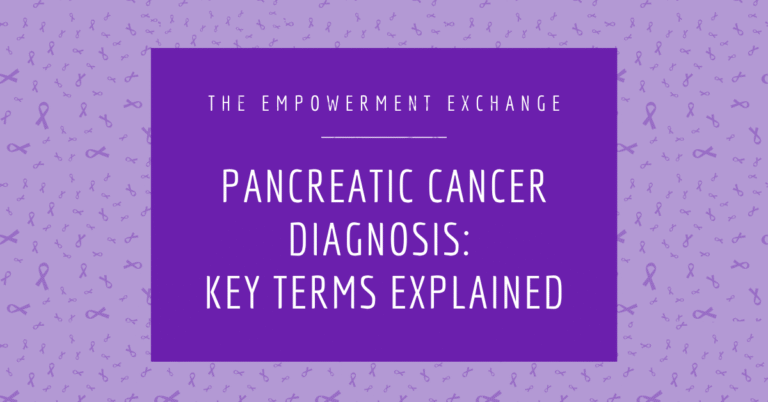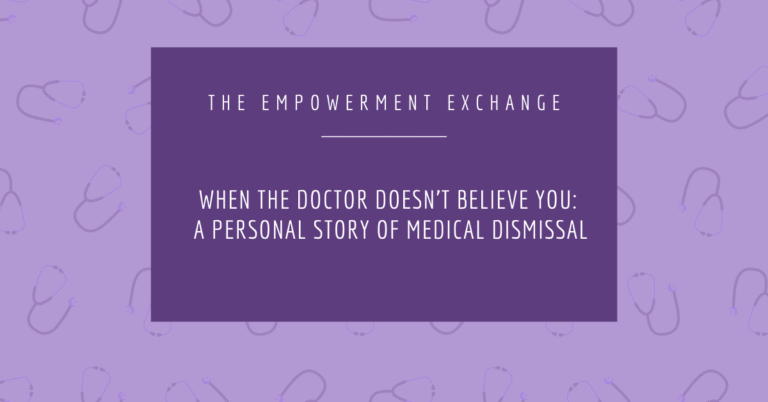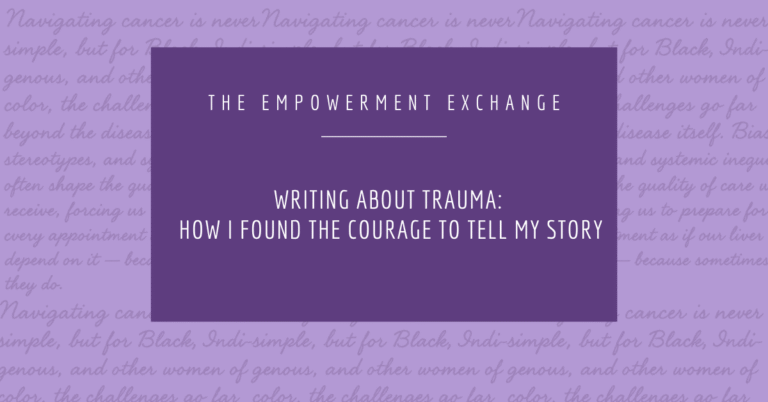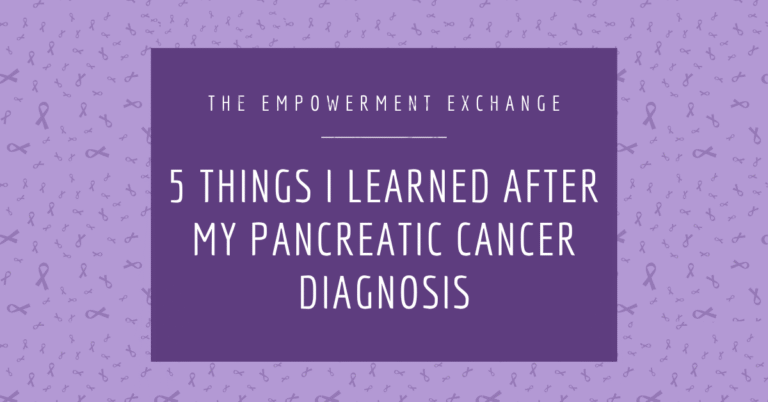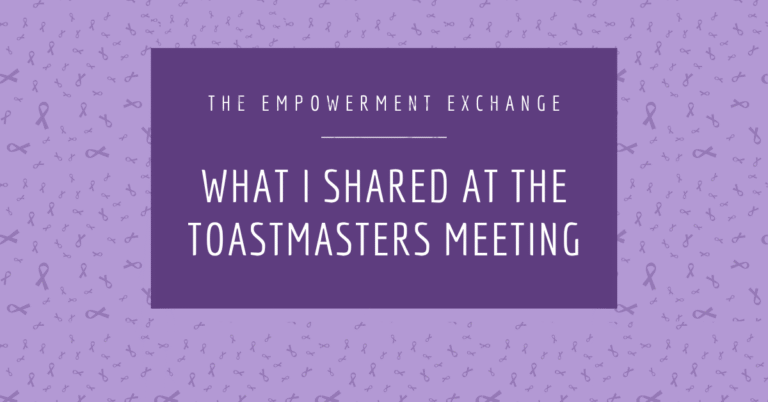Early in my training as an optometrist, I joined a medical mission trip that would forever change the way I saw healthcare and the people it serves.
Traveling with Volunteer Optometric Services to Humanity (VOSH) to the Yucatán Peninsula in Mexico, I expected to put my classroom skills into practice. What I didn’t expect was to witness, firsthand, the determination of those who would wait hours, or travel through the night, for a simple eye exam.
That journey opened my eyes to the profound impact of access, or lack thereof, and sparked my lifelong commitment to healthcare equity.
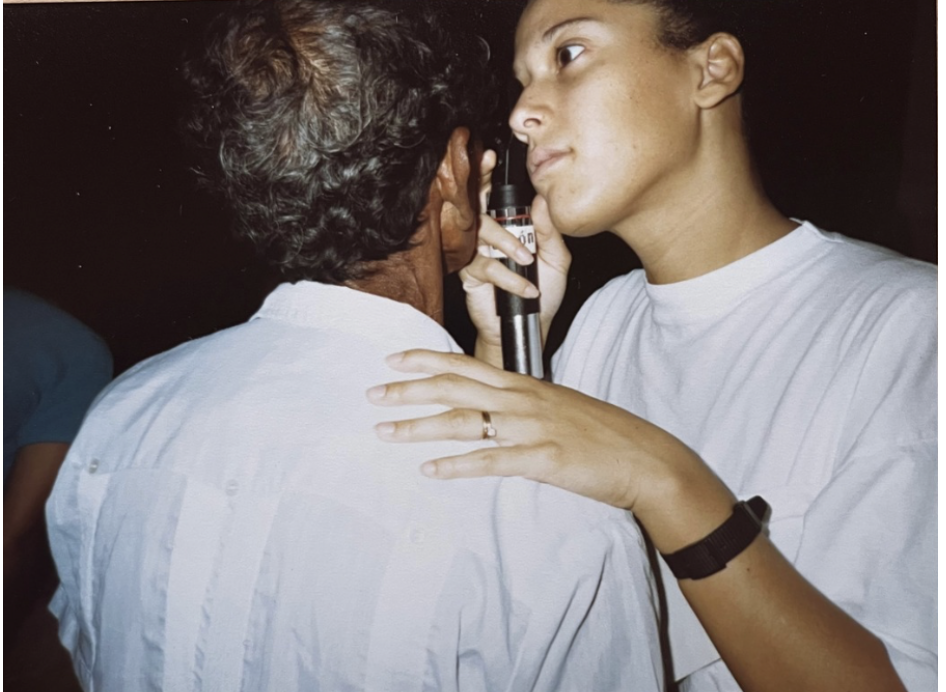
Discovering VOSH and a Mission That Spoke to My Heart
I first learned about VOSH during my early training. Their mission to provide vision care to every person on the planet spoke to me.
After completing the requirements set by our school’s chapter head for a mission trip, I was thrilled to be scheduled for an upcoming journey. The opportunity to apply the skills I had learned in the classroom to provide care, under supervision, to the local population on the Yucatán Peninsula in México felt like a dream come true.
Little did I know that this mission trip would be filled with unexpected experiences that reshaped my understanding of healthcare inequities.
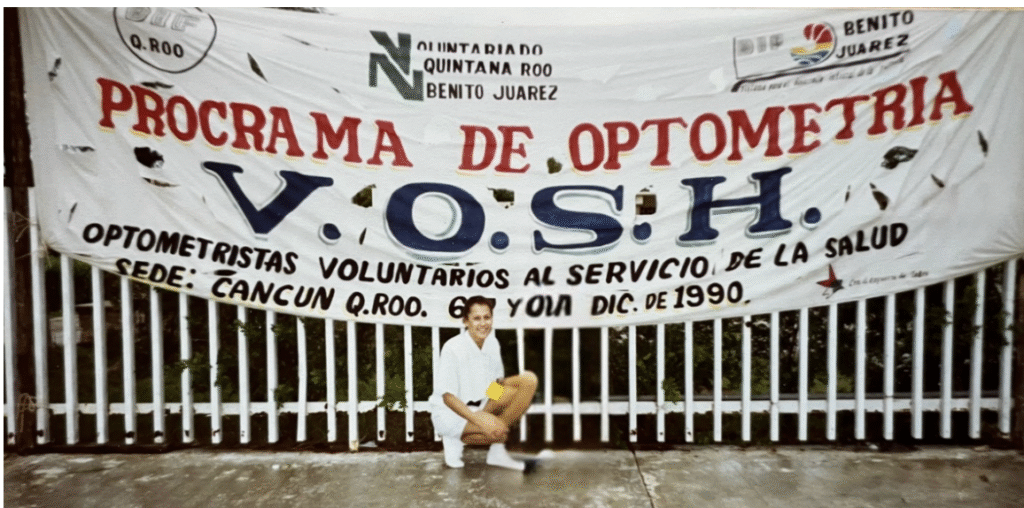
Arriving in the Yucatán: The First Glimpse of Inequity
Our group traveled by bus along winding roads, ultimately arriving at a local school that would transform into our eye clinic for the next several days. The building, constructed from concrete, bore the wear of time. The walls were painted a faded sky blue, a color dulled by sun and rain, and were adorned with patches of dark and light brown where the paint had peeled away, revealing the rough texture beneath.
As we stepped off the bus, a striking sight greeted us, the longest queue I had ever seen, a snaking line of people that seemed to stretch endlessly into the distance. I would later discover that these individuals had been queuing for hours before we even arrived, and some had traveled through the night, all for the chance to have an eye exam.
Inside, the early morning air was warm and still, awaiting the influx of patients. I felt the weight of responsibility on my shoulders, not fully understanding how each exam and each pair of glasses could change a person’s life.
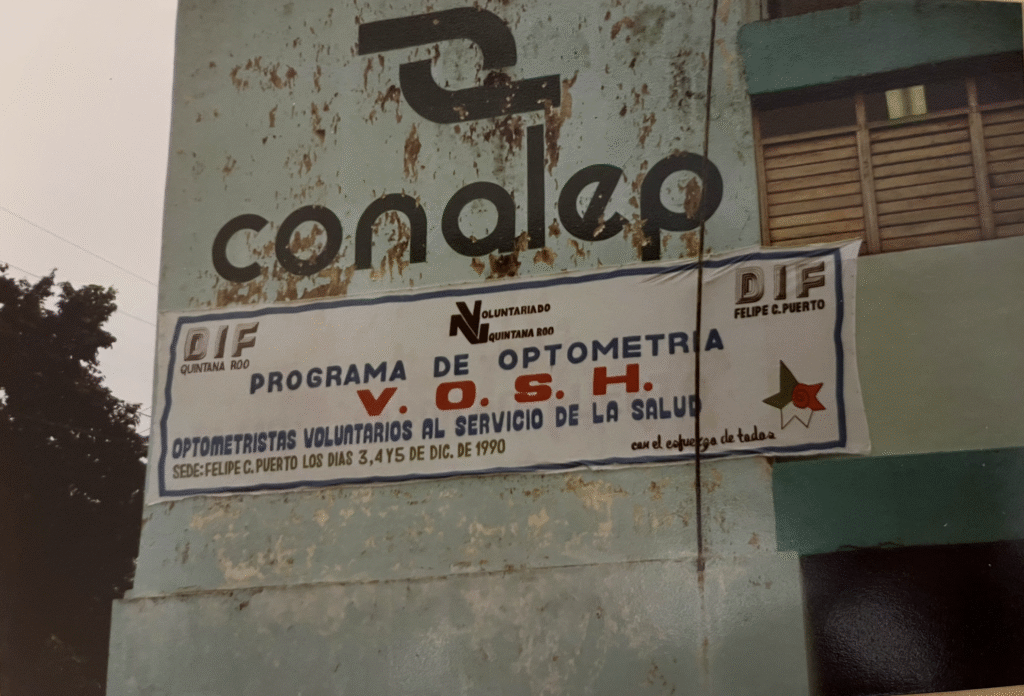
Overcoming Barriers in Patient Care
As patients began to file one by one into my station, I realized that I had to improvise on the fly. Some patients were unable to read, while others only spoke Maya, the indigenous language of the area.
One encounter remains etched in my memory of a Maya-speaking woman. As I placed a trial lens in front of her eyes, each one clearer than the last, she suddenly reached out and wrapped her hand around my wrist. It was as if she had just glimpsed a vibrant, colorful world bursting into life and didn’t want to let go of that precious moment of clarity. Her grip conveyed a profound connection, binding us into an unspoken understanding.
Lessons That Shaped My Advocacy for Healthcare Equity
This experience underscored the very core of what healthcare should be, a shared humanity that transcends barriers and fosters trust, regardless of the obstacles we face.
It highlighted the crucial importance of health equity, emphasizing that:
“Access to quality care should not be a privilege reserved for a few but a fundamental right for all individuals, regardless of their background.”
– Dr. Yvette Colón
Healthy Equity isn’t just a moral imperative; it is a call to action for society as a whole to dismantle the deep-rooted systemic inequities that hinder us from achieving true health for all. This means addressing disparities in access to healthcare, socioeconomic resources, education, and environmental conditions that disproportionately affect marginalized communities.
Why This Mission Still Matters Today
Looking back, that mission trip to the Yucatán Peninsula was far more than a training opportunity. It was a catalyst, a moment where my professional skills, personal values, and the stark realities of inequity collided.
It lit the path for my lifelong pursuit of healthcare equity and my commitment to ensuring that every patient, regardless of their background, has the dignity and care they deserve.
If you’d like to learn more about my work and advocacy, visit my About Page or explore my Speaking Engagements.
If you’re wondering how those early experiences shaped the stories I share today, you might connect with my post Writing About Trauma: How I Found the Courage to Tell My Story. Click below to explore it.
Don’t Miss Out!
To get future posts on survivorship and advocacy delivered straight to your inbox, subscribe to my blog today.
Discover more from Dr. Yvette Colón
Subscribe to get the latest posts sent to your email.
